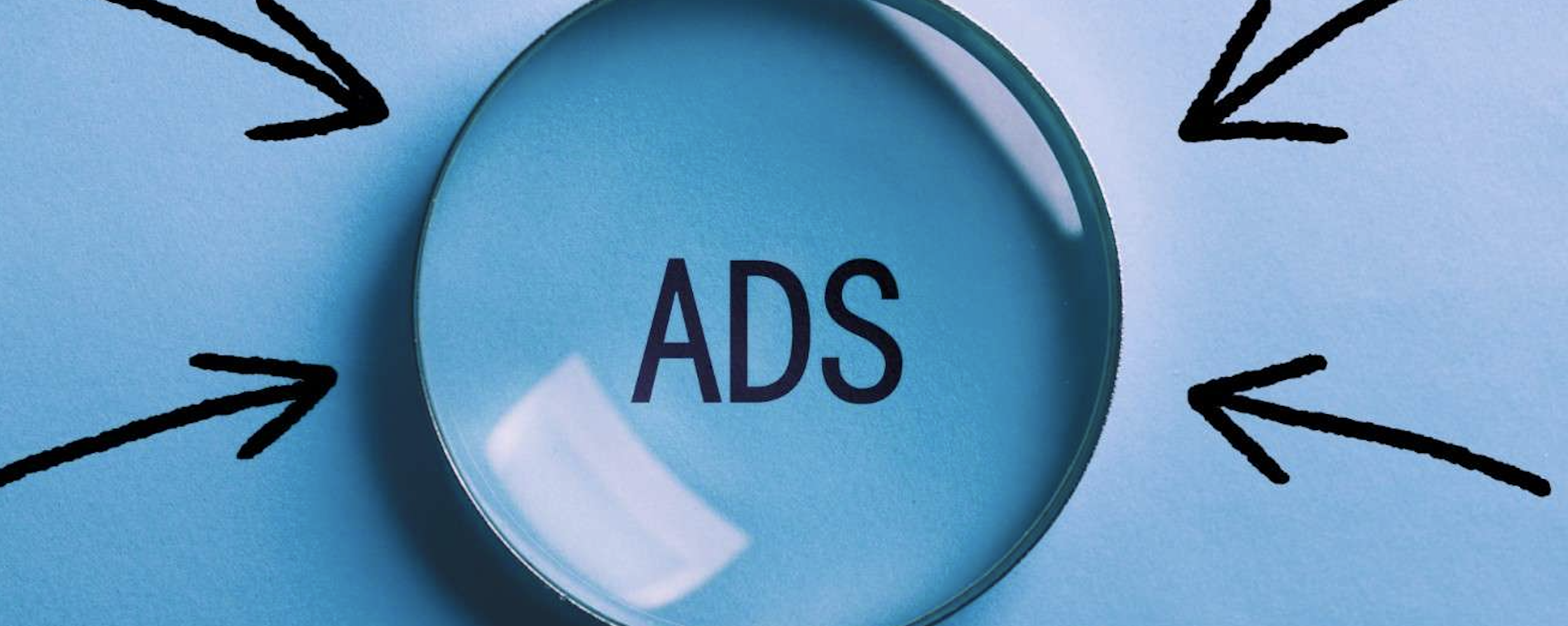
How to Grow Your Brand in 2025 Using Facebook and Instagram Ads
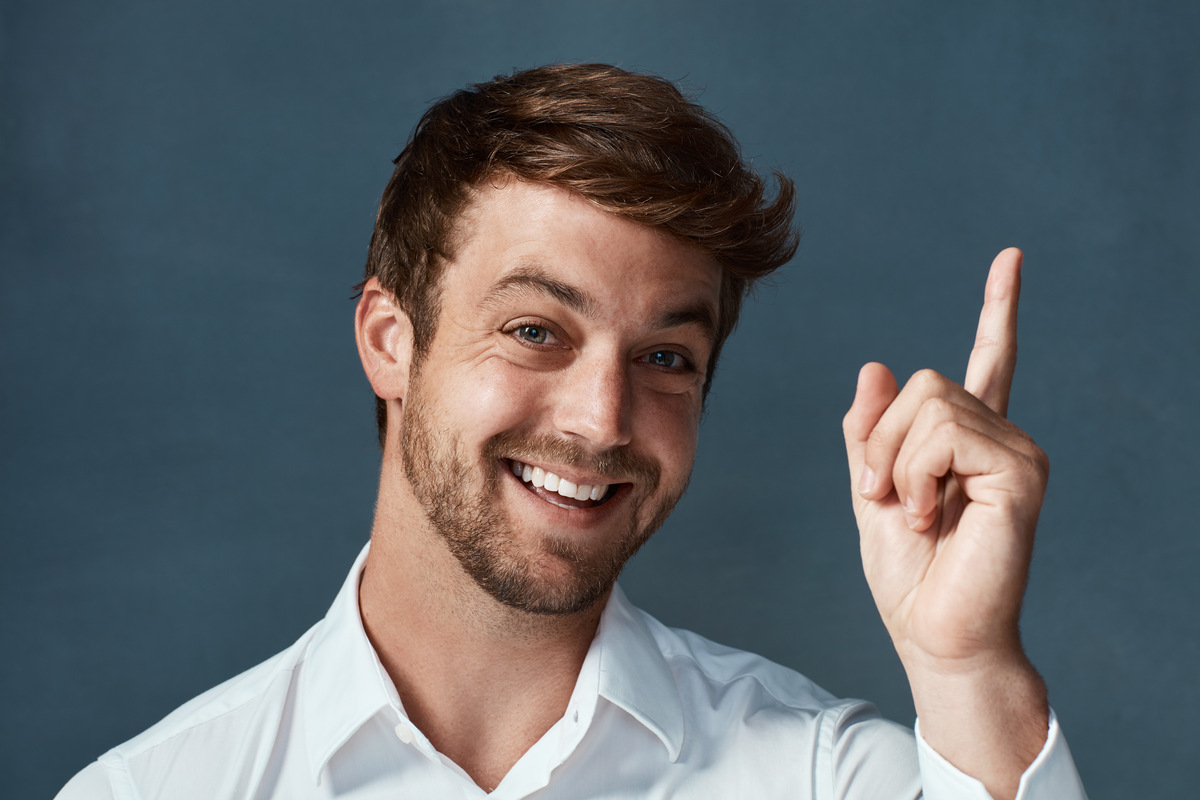
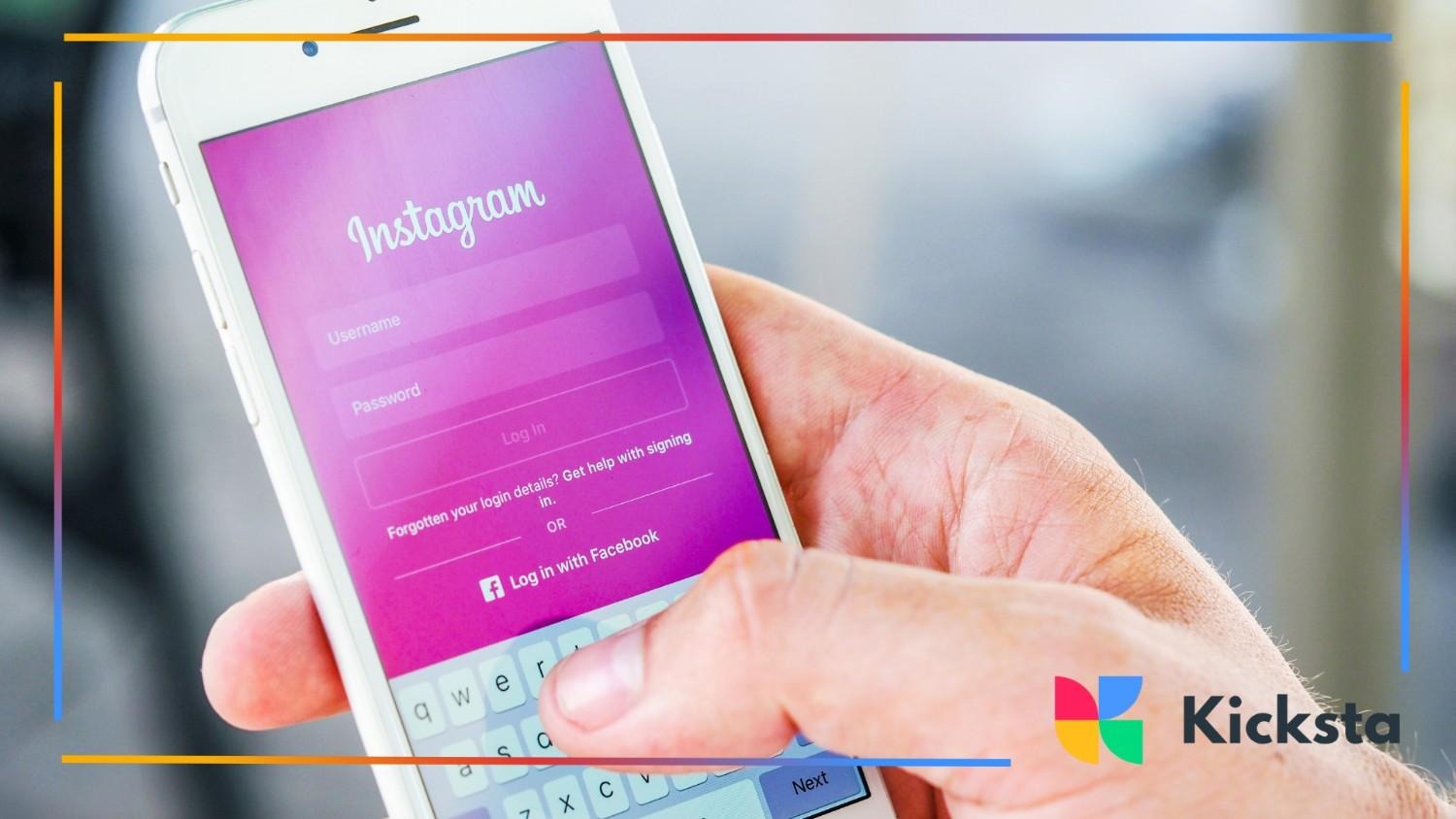
Growing a brand in 2025 requires a clear understanding of how Facebook and Instagram ads work together. Both platforms have powerful tools that help businesses reach the right audience, track performance, and scale their visibility faster. This guide explains every step in a simple and friendly way.
You will learn how Meta ads function, how to run Facebook and Instagram campaigns, and how to combine both for stronger results. Each section gives easy explanations and helpful tips. By the end, you will know how to build a complete advertising plan that helps your brand grow.
Understanding Meta Ads and Their Role in Brand Growth
Meta Ads help brands reach people on both Facebook and Instagram using one connected system. They make it easier to manage ads, understand performance, and grow faster across multiple platforms. This flexibility is especially useful for brands targeting specific styles or audiences, including modern aesthetics for boys that thrive in visual-driven marketing.
Using Meta tools, brands can track who engages with their ads and adjust content quickly. This helps businesses stay competitive in 2025, where audiences expect personal and relevant experiences.
What Are Meta Ads?
Meta ads are paid placements that appear across Facebook and Instagram. They help brands reach people who are more likely to engage with content or buy products. These ads offer flexible targeting tools, adjustable budgets, and real time reporting that helps businesses understand how well their campaigns grow.
Meta brings both platforms together in one dashboard. This makes it easy to run campaigns without switching between apps. You also receive automatic audience suggestions that help you reach people who enjoy your content. Tools like Kicksta can complement this by improving organic visibility while ads support paid reach. Many brands benefit from insights found in ad optimization trends, which show how a combined organic-and-paid approach increases overall campaign efficiency.
Facebook Ads
Facebook ads appear across feeds, stories, and videos. They help brands reach older and broader audiences. You can choose detailed targeting settings that match your ideal customers. Many businesses use Facebook ads to increase awareness, build trust, and support larger campaigns with strong engagement.
Facebook’s tools let you change audiences based on interests, behaviors, and website actions. This gives brands more control over who sees the ads.
Instagram Ads
Instagram ads are placed across reels, stories, feeds, and explore. They focus on visual impact and short attention spans. Bright designs, simple messages, and strong creative ideas work best here. Brands choose Instagram ads when they want more engagement with their style, products, or daily updates. Research on visual marketing also shows that striking imagery significantly boosts how audiences interact with branded content.
Instagram’s targeting system works with Meta to suggest audiences that match your goals. You can run ads for awareness, engagement, or sales.
Simplify with Meta
Meta simplifies ad creation by connecting Facebook and Instagram into one shared system. You create one campaign and choose where it will appear. The platform then places your ads on the best performing placements. This saves time and helps brands focus on design and message instead of technical details.
You also receive clear guidance on budget recommendations, audience targeting, and visual formats. Meta shows performance predictions before publishing. These insights support smarter brand growth and findings from ad performance data illustrate how predictive tools help marketers allocate budgets more efficiently.
Facebook Ads and Instagram Ads Together
Running both Facebook and Instagram ads together helps brands reach more users across different age groups and interests. The shared system automatically selects where your ads perform better. This gives you balanced results and stronger visibility. Many brands rely on cross platform placements for long term growth.
You can also build combined audiences that collect data from both apps. These audiences improve future campaigns and make your ads more accurate.
{{blog-cta-section}}
Track costs and performance
Meta provides real time analytics for every campaign. You can check how much your ads cost and how people interact with them. This helps you make quick adjustments that keep your results healthy. Many brands track important metrics daily for better control over their spending.
Performance tracking also shows which audience groups respond best. You can turn off expensive placements or increase budgets for strong ones. Understanding Instagram ads cost helps you connect these results to your budget and plan more clearly.
Why Meta Ads Are Essential for Instagram Brand Growth
Meta ads help increase brand visibility faster than organic content alone. Instagram has high competition in 2025, so ads help your brand reach people who have not found your page yet. This is especially important for new businesses looking to introduce their products or services to new users.
Instagram ads also help your content stay active while your organic posts build momentum. This creates a strong growth cycle supported by paid and natural reach.
Facebook Ads Strategy to Grow Your Brand in 2025
Facebook Ads let brands target specific groups of people based on interests, behaviors, and demographics. This makes it easier to reach the right customers with the right message.
In 2025, using Facebook Ads strategically means testing different audiences, setting smart budgets, and improving your campaigns based on clear performance data.
Facebook ads simplified
Facebook’s ad system is easier to use in 2025 because Meta improved the interface and added more automation. You can set goals, choose placements, and upload creatives in a simple process. This makes campaign management smooth for beginners and useful for growing brands of all sizes.
Facebook’s preview tools show exactly how your ads will look in every placement. This helps ensure your designs fit properly across feeds and stories. Creating simple visuals and strong messages helps you connect with audiences, especially when using one keyword such as clean girl aesthetics.
Facebook Ads Cost in 2025

In 2025, Facebook ads remain cost effective compared to many digital platforms. Costs vary depending on industry, competition, and season. Meta provides estimates before launching your campaign, helping you plan your spending. These numbers help brands improve decision making and avoid unnecessary expenses.
Costs can rise during busy seasons, so planning ahead is helpful. Monitoring performance daily can keep your spending healthy.
Smart budgeting tips
Smart budgeting helps ads run longer and reach the right users. Many brands start with small test budgets, compare performance, and then increase spending on winning campaigns. This method improves accuracy and reduces waste. Facebook offers budget suggestions that help you stay consistent. Insights from budget efficiency also highlight how structured spending adjustments improve long-term campaign performance.
Daily budgets work well when testing audiences, while lifetime budgets help during long promotions. Combine both depending on your goals. Tracking results helps ensure your money is used wisely.
Target the Right Audience
Targeting is the key to strong Facebook ad performance. You can choose interests, behaviors, demographic filters, or website activity. These settings help ads reach people who enjoy your content. Precise targeting supports better engagement and stronger brand visibility across the entire platform.
You can refine your targeting by combining multiple audience filters. Website tracking tools help with retargeting, while an Instagram following tracker shows how your followers change over time. Together, these insights make your targeting more precise.
Custom Audience
Custom audiences use your own data to reach people who already interacted with your business. This includes website visitors, email subscribers, or past customers. These audiences usually provide higher engagement because the users already know your brand and enjoy your content.
Meta updates custom audience tools to offer accurate tracking and clear suggestions. This helps brands build strong remarketing campaigns quickly.
Retargeting for higher ROI
Retargeting reconnects your ads with people who viewed your products or engaged with your brand. These users often convert faster because they have already shown interest. Retargeting is one of the strongest methods for improving return on investment and strengthening sales throughout the year.
Retargeting keeps your brand top of mind by reconnecting with interested users. Paired with compelling creatives, it builds trust and engagement. Insights from Instagram advertising can inform your planning, ensuring your paid campaigns fit seamlessly with your retargeting strategy.
{{blog-cta-section}}
Instagram Ads for Your Brand Growth in 2025
Instagram Ads help brands connect with people through visuals, videos, and interactive formats. Businesses can use Stories, Reels, and feed ads to show products in an engaging way.
In 2025, Instagram Ads matter even more because users spend more time watching short videos and browsing creators, making it a strong platform for brand discovery.
Master Instagram ads
Instagram ads perform well when visuals are clean, simple, and clear. In 2025, users prefer short content that communicates value quickly. Use bright images, readable text, and minimal clutter to keep people engaged. Strong design helps brands stand out across reels, stories, and feeds.
Instagram offers clear guidance for ad sizes, formats, and best practices. Following these recommendations keeps your ads performing well. Test different designs to see what your audience enjoys most.
Instagram Ads Cost in 2025
Instagram ads cost more than Facebook ads in many industries because engagement levels are higher. Costs change based on audience quality, season, and competition. Meta provides cost forecasts that help brands prepare budgets and decide when to run larger campaigns. Data from ad pricing trends also shows how shifts in demand and platform usage influence overall costs each year.
Tracking costs daily prevents overspending and helps improve campaign health. Costs often rise during holidays and major promotional periods. You can adjust placements or creative styles to control your budget.
Instagram Sponsored Ads vs Regular Ads
Sponsored ads appear directly in the feed or story and clearly show your message. Regular ads may follow different placement rules based on your chosen goal. Sponsored ads work well for visibility, while regular ads help with conversions or retargeting. Both are effective for different goals.
Brands often mix both styles throughout the month. Sponsored ads help with awareness, while regular ads support deeper engagement. Testing both can show which one fits your brand better.
Ad formats
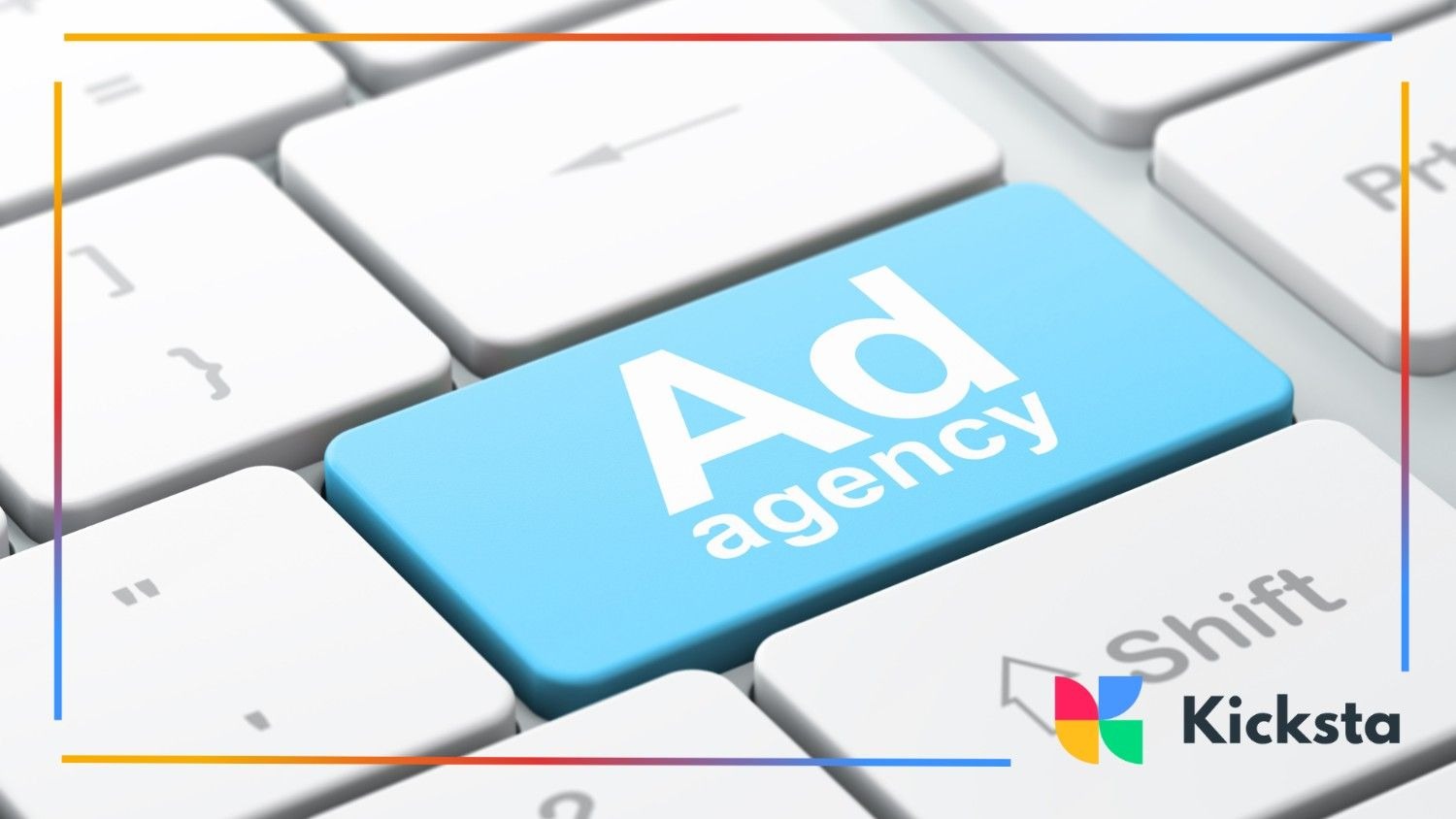
Instagram offers many formats, including reels, carousel posts, sponsored posts, and stories. Each format has different strengths. Reels help with visibility, stories help with quick engagement, and carousels offer more product detail. Choosing the right format depends on your campaign goals.
Testing multiple formats helps you find what your audience enjoys. You can use simple visuals for stories and more detailed designs for carousels.
Stories, reels, carousel, and sponsored posts
Stories are perfect for short updates and behind the scenes content. Reels offer fast visibility and reach younger audiences. Carousels work well for product details and step by step guides. Sponsored posts support strong branding because they appear naturally in the feed.
Choosing different formats helps keep your content fresh. You can run multiple formats in one campaign to reach users in different ways. When shaping your ad formats, leaning on a style like normcore aesthetics can help you create clean visuals that feel current and visually balanced.
Choose the best format for you
Choosing the right format depends on your goal. If you want fast reach, reels are best. If you want deeper engagement, carousels work well. For natural looking ads, sponsored posts blend into the feed smoothly. Understanding the goal helps you choose the right setup.
Testing formats helps you understand what your audience responds to. Try different ideas each week and compare results. You can keep your message simple while experimenting with new visuals.
Combine Facebook and Instagram Ads for Maximum Impact
Using both Facebook and Instagram together gives your brand a wider reach and stronger targeting options. Meta lets you control everything in one place, making it easier to run smooth campaigns.
Combining platforms also improves retargeting, since you can follow the same user across apps. This increases your chances of turning clicks into actual results.
Cross Platform Audience
Cross platform targeting helps you reach users across both Facebook and Instagram. This gives you a larger audience pool and more opportunities to engage with new customers. Shared data helps you build accurate profiles that improve your results and make your ads more efficient. Researches on audience behavior also notes that multi-platform insights strengthen targeting precision across campaigns.
Using cross platform audiences also helps your campaigns learn faster. Meta’s algorithm studies behaviors across both apps, giving you better placements. This leads to more stable results.
Avoid Audience Overlap
Audience overlap happens when the same users see your ads too often on both apps. This can increase costs and reduce performance. Meta’s tools show overlap levels so you can adjust targeting settings and keep your campaigns efficient and healthy throughout the month.
Reducing overlap helps your ads reach more unique users. You can adjust age ranges, interests, or geographic locations to fix this.
{{blog-cta-section}}
Integrated retargeting campaigns
Integrated retargeting lets you reach users across both apps who interacted with your brand. This includes likes, clicks, and website visits. These campaigns often perform better because users already trust your content. Retargeting works well for sales, product reminders, and special announcements.
Meta allows businesses to group retargeting audiences from both platforms. This creates stronger performance and faster conversions.
Optimize Ads
Optimization helps your ads perform better over time. Meta automatically adjusts placements and bidding to give you the best results. You can check the performance tab to see what is working and what needs improvement. This helps brands stay flexible throughout campaigns.
Testing new visuals also helps improve engagement. You can change one detail at a time to see what makes a difference. When optimizing your ads, hashtags can support your organic content while your paid ads grow and banned hashtags can ruin the whole strategy.
Track metrics that matter
Tracking metrics helps you understand user behavior and campaign performance. Important metrics include conversion rate, engagement rate, and reach. These numbers show how users respond to your content. Meta provides clear dashboards that simplify this process and help you plan improvements.
You can also check cost metrics to stay within your budget. This includes cost per result and cost per thousand impressions. Watching these numbers daily helps prevent overspending. Reviewing metrics helps you create Instagram marketing strategies that works for you.
Divide Your Ad Budget Between Facebook and Instagram
Planning your ad budget helps you avoid overspending and allows you to understand where your audience responds best. Some brands might see stronger results on Instagram, while others perform better on Facebook.
In 2025, Meta gives advertisers more automation tools to help balance spending, compare costs, and find the most efficient mix for their goals.
Manual vs Automated Bidding
Manual bidding gives you full control over how much you want to spend per result. This method works well for experienced advertisers who understand audience performance. It helps maintain strict budgets and offers predictable spending across both platforms.
Automated bidding is easier for beginners. Meta adjusts bids automatically to get the best results. This saves time and supports strong performance. Testing both methods helps you understand which one fits your brand better.
Measuring Costs
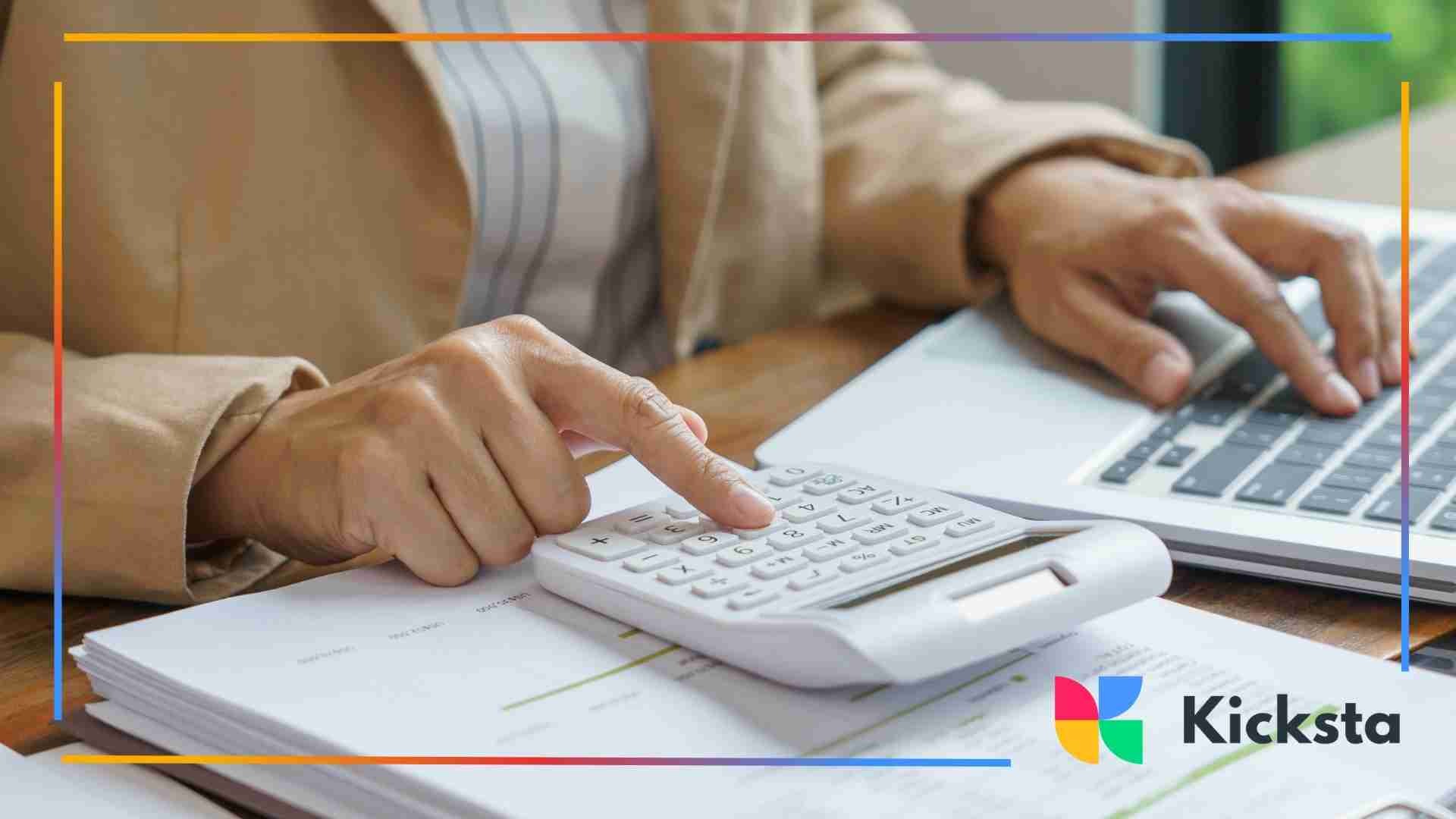
Measuring costs helps you understand how much you pay for each action. Meta shows clear numbers for engagement, clicks, and conversions. These numbers help brands stay on track and adjust campaigns when needed. Many businesses check these metrics each morning to make smart decisions.
You can also compare Facebook and Instagram costs to decide how much to spend on each. Costs can change based on competition, season, and creative quality. Tracking these changes helps maintain long term growth.
Cost Per Click CPC and Cost Per Acquisition CPA
Cost per click measures how much you pay when a user clicks your ad. Cost per acquisition measures how much you pay for a sale or sign up. Both numbers help you understand if your ads perform well and if your budget supports your goals.
Monitoring CPC and CPA helps you see which ads perform best. You can pause expensive ads and boost budgets for strong ones, keeping spending efficient. Tracking these metrics alongside insights for Instagram growth for business helps guide your long term strategy.
Maximize your ad spend
Maximizing your budget means improving performance without spending more. You can test new audiences, adjust bidding, or update visuals. Small changes often make big differences in results. Meta’s suggestions help you understand what to improve for better reach and engagement.
Analyze your reports to find high-engagement windows, then run Instagram polls to validate those findings with your followers. Direct feedback makes scheduling decisions more accurate and improves the effectiveness of your ads and posts.
Analytics and Optimization for Brand Growth
Analytics shows how well your ads perform and whether they drive the results you want. Looking at engagement, conversions, and reach helps brands make smarter decisions.
Optimization in 2025 means testing, adjusting, and refining your ads regularly. Brands that track these insights consistently grow faster and use their budgets more effectively.
Key Metrics
Key metrics include engagement rate, click through rate, and conversion rate. These numbers show how users react to your ads. Understanding each metric helps you make better decisions and create stronger campaigns that match your goals. Reviewing these metrics weekly strengthens long term planning.
Analyzing performance helps you understand which designs work best. You can compare different ads and choose the strongest ones. Reviewing your results can also guide stronger captions for Instagram, helping your message match what your audience responds to most.
Engagement, Conversions, and Ad Frequency
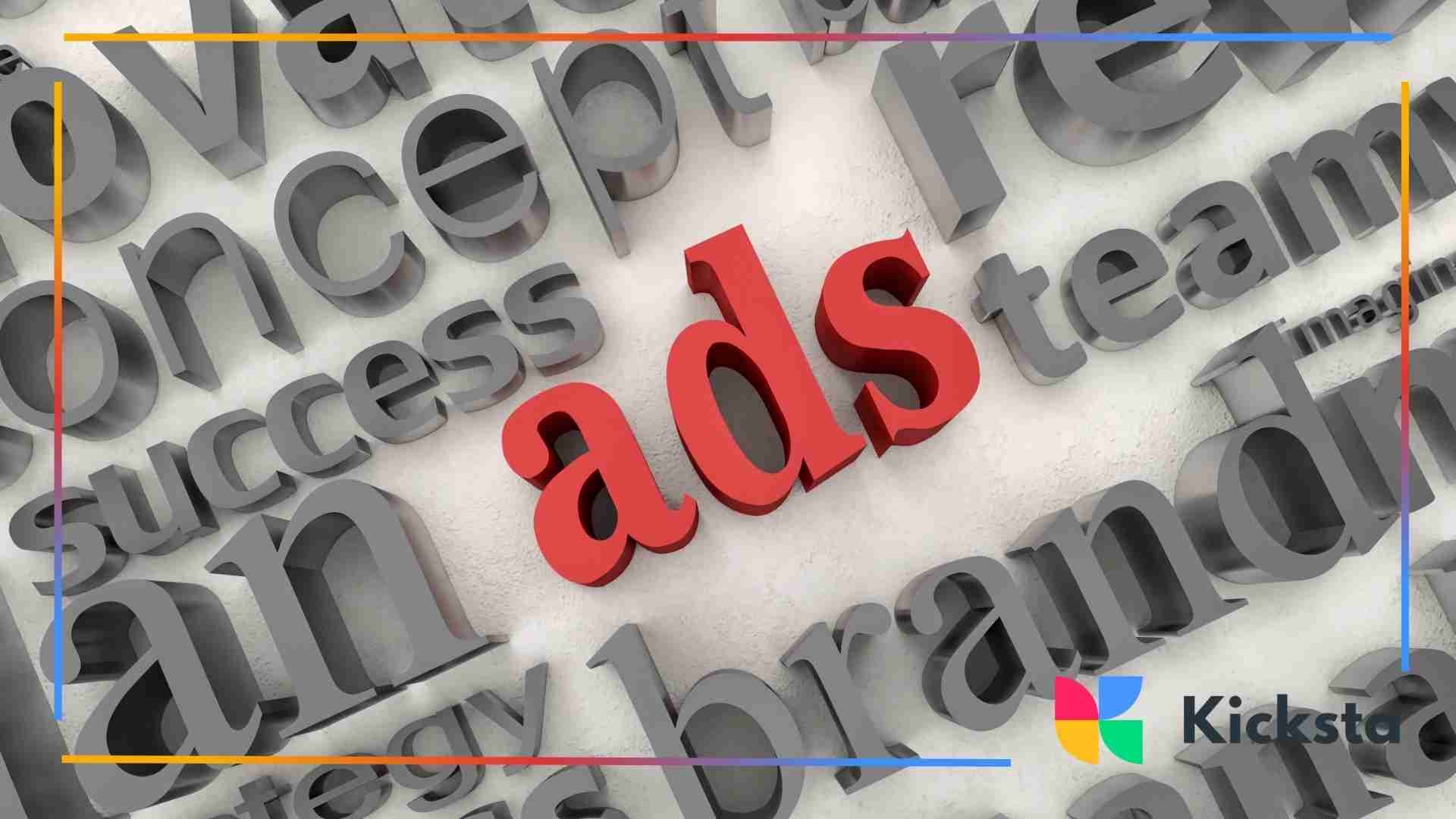
Engagement shows how many people interact with your ad. Conversions show how many people complete an action like buying or signing up. Ad frequency tells you how often users see your ads. High frequency can lower performance, so checking it helps maintain campaign health.
You can adjust budgets, visuals, or audiences to improve these numbers. Meta provides suggestions that guide these changes.
ROI and Brand Growth Measurement
Return on investment helps you understand how much value your ads bring compared to how much you spend. Tracking ROI helps brands identify strong campaigns and improve weaker ones. This supports long term growth and helps build an effective advertising strategy.
Brand growth can be measured through reach, visibility, engagement, and conversions. Checking these numbers regularly helps you understand your progress.
A B Testing
A B testing compares two versions of an ad to find out which performs better. You can change the image, caption, or audience. This helps you improve results over time and build stronger campaigns. Many brands test at least two variations each week.
Testing helps build confidence in your creative choices. When results show strong engagement or conversions, you can use those designs in future campaigns.
Conclusion
Facebook and Instagram ads remain powerful tools for brand growth in 2025. With clear goals, strong visuals, and smart budgeting, your campaigns can reach the right people and build lasting visibility. Combining both platforms helps improve performance, and tracking metrics ensures long term success.
This guide gives a complete overview of how to plan, test, and optimize your ads. With the right strategy, your brand can grow faster and build a stable presence online. You can now use these steps to create confident campaigns that match your brand’s goals for the year ahead.
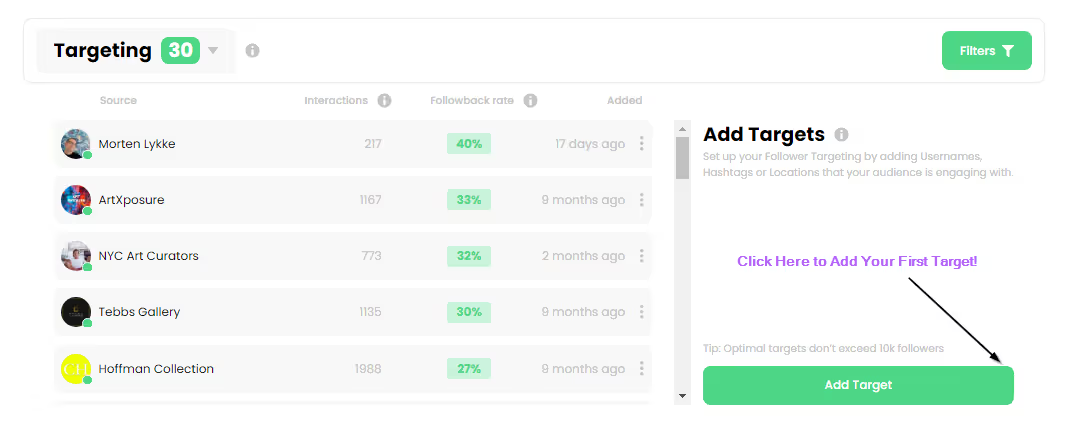
.jpeg)
.jpg)

.jpg)